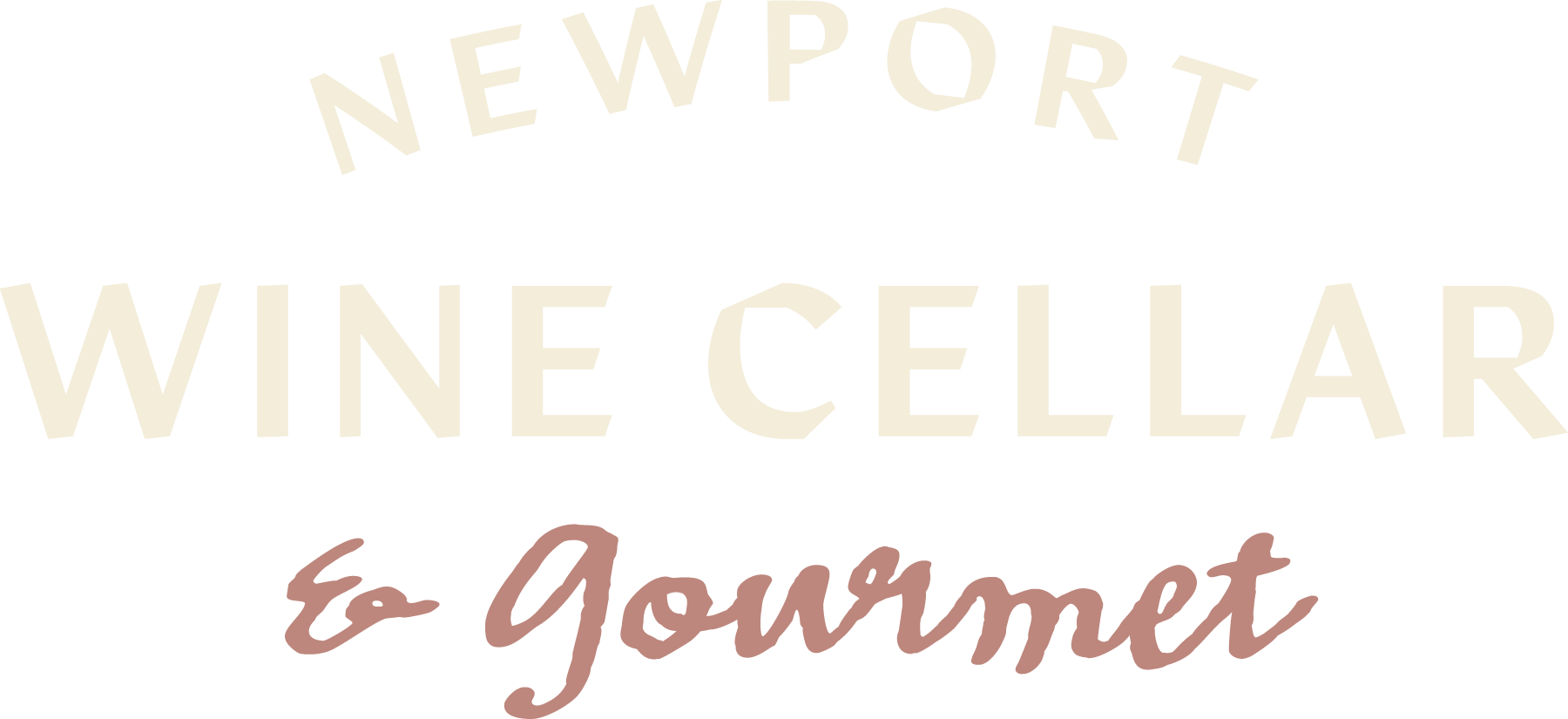As I drove into Umbria, I was stuck by the stark difference in the color palate of the landscape, from bright greens that surround Etna I had shifted to a darker more lush landscape, less arid though equally sun-filled and emanating a warmth both literally and figuratively. There is more moisture in the air, it seemed to me, and perhaps that is the inland position of Umbria, right in the center of the country. The air has a pleasant fertile smell, a little like a greenhouse.
I arrived at the vineyard, set just a few kilometers south of the city center, on a warm, sun-filled morning, having stayed in Montefalco the night before. If you have the opportunity to stay in this tiny hilltop village, I highly recommend that you do. It is heaven. The small stone square that is the town center is always a little busy with locals moving through and saying hello to one another. There is a warmth here and a friendliness. The people are smiling, they embrace one another, they say hello to the travelers and to each other. They take the time to linger and just talk and connect with one another. There is a slower pace, and it is very appealing.
When I arrived at the vineyard, I was greeted by Mr. Bea himself, and he was charming and kind, though I only understood a word or two of the many that he said, but what I gathered was that Mercedes, his assistant was on her way and I should wait. I took the opportunity to piece together a couple questions in my terrible Italian, and I had to giggle as he answered them with long answers in Italian. I have no idea the secrets he may have shared with me, but I can tell you this, this man loves his work, his vineyards, and his family. He is happy. I asked if I could take a "selfie" with him and he laughed, "si, si."
Theses are the moments that I live for, making a connection with someone that you have only known by way of the product they make. I have been drinking Paolo Bea wines now for a number of years, these are wines for special occasions, so I have already had a sense of his presence at my table, but now we are friends and when I drink his wine with friends around the table with friends and family, I will welcome him and his family to the table, too.
I will also remember the vineyard and beautiful tasting room. Paolo's sons now run the vineyard, though he is still involved in the wine making.
And, passing the work on to the next generation is a big part of this family's history. The Bea family has family records in this lovely hillside town dating back to 1500, and Giampiero thinks it goes even further back. When I asked a few questions about how one knows oneself within such a long and rich history of family and place, he went and retrieved copies of the town papers to show me what they looked like, and I was immediately struck by the way that the document had so clearly influenced his sense of style in terms of the labels for the bottles that he designs. Giampiero is a trained architect but now runs the vineyard and he has been designing the family labels since they began bottling for commercial sales. We sat and looked through the old labels (all of which he had painstakingly drawn by hand) as we tasted the wine, and it also became clear that this style that I see in his labels translates into the wine. It is not modern, and yet it is of this moment and this place, full of a sense of its own historicity, just like the man who I was talking to.
Giampiero also designed their new winery. It totally blends into the landscape, a modern building that is a natural extension of the land. The stone walls are 2-3 feet thick and designed to naturally keep the cellar cool and constant in temperature...it is both brilliant and beautiful, naturally and man made, balanced. And, like everything in it, including the wine, it was thoughtfully produced with an eye for aesthetic quality as well as function.
Even the mats on which they dry the grapes for there delicious passito are designed to look beautiful when they are stacked before and after their use...
and it is with this same care, thought, and precision that the wine is made, and it is so delicious. The whites are interesting, complex, full flavored, and compelling. They want food...these big whites are rugged, but not rustic, by which I mean they are like the hills from which they come. The reds, similarly, are powerful and strong, but also refined and structured. These are serious wines but also wines that bespeak a warmth and friendliness; they are compelling. Changing with each sip, they evade simple classification or description; but, they taste so good.
I am honored to have these wines in my shop and to have made these friends on my journey.
The stats, from the importer's website, www.madrose.com: "The entire property encompasses 15 hectares: 5 of which are dedicated to the vineyards, 2 to olives, and the remainder to the fruits, vegetables and grains that are grown. Sagrantino is the predominant grape, covering 60% of the vineyard surface. The remaining 40% is planted to Sangiovese and Montepulciano, with a small parcel planted to several white varieties. The vineyards are cultivated organically, all grapes are harvested manually and all wines are bottled without fining or filtration. "
























